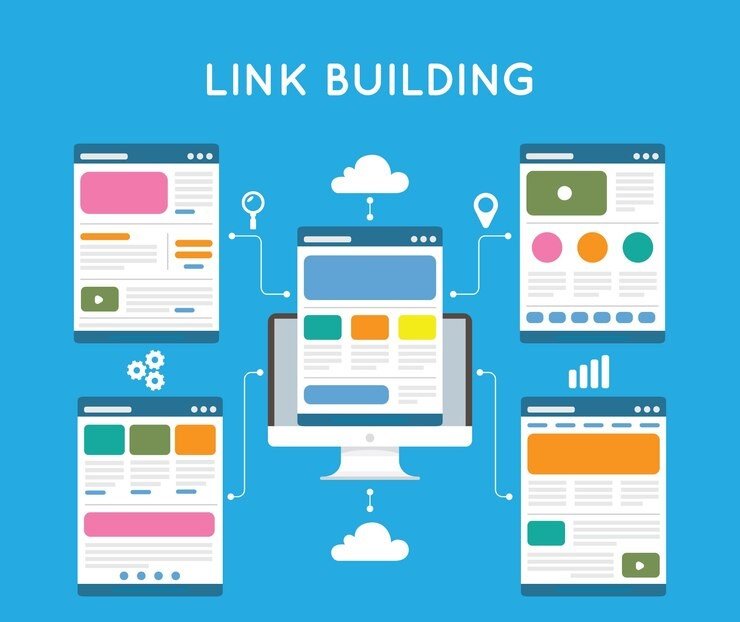A/B testing is a fundamental practice for optimizing digital marketing strategies, websites, and user experiences. When done correctly, it can provide invaluable insights into user behavior and preferences, helping marketers make data-driven decisions. A/B testing, also known as split testing, is a powerful method for optimizing various aspects of a business, from website designs and email marketing campaigns to product features and pricing strategies. By comparing two versions of a web page or product to see which performs better, businesses can make data-driven decisions that enhance user experience and increase conversion rates. However, not all A/B tests are created equal. To truly leverage the power of A/B testing, it’s crucial to follow certain best practices. Here are seven guidelines to improve the effectiveness of your A/B testing efforts.
1. Define Clear Objectives
Before starting any A/B test, it’s essential to define clear, measurable objectives. Without a specific goal, it’s difficult to determine what you’re testing and why. Objectives should be aligned with your business goals and be specific enough to provide actionable insights. For instance, instead of a vague objective like “improve user engagement,” aim for something more specific, such as “increase the click-through rate on the call-to-action button by 20%.”
Clear objectives help in several ways:
- Focus: They keep the team focused on what truly matters.
- Measurement: They provide a clear metric to measure success.
- Alignment: They ensure that all team members are aligned and understand the purpose of the test.
Example:
If your goal is to improve the conversion rate on a landing page, your objective might be “to increase the number of users who fill out the lead generation form by 15%.”
2. Segment Your Audience
Segmenting your audience allows you to understand how different groups of users respond to your variations. This can lead to more nuanced insights and better decision-making. Audience segmentation can be based on various factors, such as demographics, behavior, device type, or geography.
Benefits of Audience Segmentation:
- Personalized Insights: Understand how different user groups respond to changes.
- Better Targeting: Tailor experiences to specific segments, leading to higher engagement and conversions.
- Avoiding Confounding Variables: Reduce the impact of external variables that might skew results.
Example:
If you are testing a new feature on your e-commerce site, segment your audience by purchase history. Frequent buyers might react differently compared to first-time visitors.
3. Create Hypotheses
A hypothesis is a statement that can be tested and measured. Creating a hypothesis for your A/B test helps to establish what you expect to happen and why. A strong hypothesis should be based on data and insights rather than assumptions.
Elements of a Good Hypothesis:
- Testable: Can be proven or disproven.
- Based on Research: Grounded in existing data or user feedback.
- Specific: Clearly states what change is expected and why.
Example:
Hypothesis: “Changing the color of the ‘Buy Now’ button from blue to green will increase the click-through rate by 10% because green is perceived as a positive action color.”
4. Ensure Statistical Significance
Statistical significance is crucial to ensure that the results of your A/B test are not due to random chance. A result is considered statistically significant if the likelihood of it occurring by chance is below a certain threshold, typically 5% (p-value < 0.05).
Steps to Ensure Statistical Significance:
- Sample Size: Ensure you have a large enough sample size to detect meaningful differences.
- Duration: Run the test for an adequate period to account for variations in user behavior.
- Confidence Level: Set a confidence level (usually 95%) to determine the significance of results.
Tools:
Use online calculators and statistical tools to determine the required sample size and analyze the results. Popular tools include Optimizely, VWO, and Google Optimize.
5. Control External Variables
External variables can significantly impact the outcome of your A/B tests. These can include seasonality, marketing campaigns, changes in user behavior, and more. Controlling for these variables helps ensure that the results are attributable to the changes being tested.
Strategies to Control External Variables:
- Run Simultaneously: Run the control and variation simultaneously to minimize the impact of time-based variables.
- A/B/C Testing: Test multiple variations at once to control for external influences.
- Random Assignment: Randomly assign users to control and variation groups to ensure a balanced distribution.
Example:
If testing a new feature during a major holiday season, be aware that user behavior might differ from normal periods. Either account for this in your analysis or avoid testing during such times.
6. Analyze Results Thoroughly
Once the test is complete, it’s time to analyze the results. This involves more than just looking at the conversion rates; it’s essential to dig deeper to understand the underlying patterns and insights.
Steps for Thorough Analysis:
- Compare Metrics: Look at primary and secondary metrics to get a complete picture.
- Segment Analysis: Examine how different segments responded to the changes.
- Contextualize Data: Consider external factors that might have influenced the results.
- Qualitative Insights: Supplement quantitative data with qualitative feedback from user surveys or interviews.
Example:
If your test aimed to increase form submissions, also analyze the quality of the leads generated. Did the new leads convert into paying customers at a higher rate?
7. Iterate and Optimize
A/B testing is an iterative process. The insights gained from one test should inform future tests, creating a cycle of continuous improvement. Not all tests will produce winning results, but each test provides valuable data that can guide your next steps.
Steps to Iterate and Optimize:
- Document Learnings: Keep a detailed record of what was tested, the results, and key takeaways.
- Plan Follow-Up Tests: Based on the insights gained, plan follow-up tests to further optimize.
- Stay Agile: Be prepared to pivot based on new data and changing business goals.
Example:
If changing the button color didn’t yield significant results, perhaps the button text or placement needs to be tested next. Use the learnings from each test to refine your approach continuously.
Conclusion
A/B testing is a powerful tool for optimizing various aspects of your business, but its effectiveness depends on following best practices. By defining clear objectives, segmenting your audience, creating strong hypotheses, ensuring statistical significance, controlling external variables, analyzing results thoroughly, and iterating based on insights, you can significantly improve the impact of your A/B testing efforts. Remember, the goal is not just to find what works but to understand why it works, leading to more informed and effective decision-making.
Welcome to SEM Spartans, where knowledge is power, and the possibilities are endless. Our mission is to educate, inspire, and empower our readers to become digital savvy marketers. Whether you’re a business owner looking to expand your online presence, a marketing professional seeking to enhance your skills, or an aspiring entrepreneur eager to learn the ropes of digital marketing, SEM Spartans is your trusted digital blog platform.



